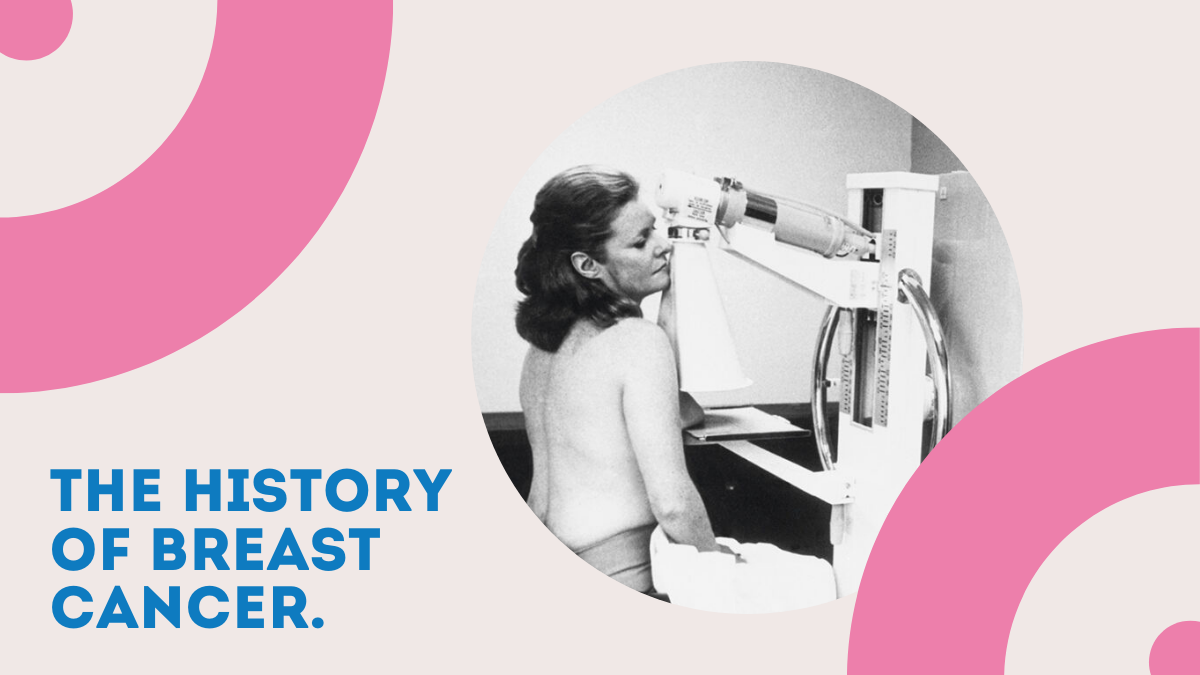
- Blog /
- March 2, 2022
A History of Breast Cancer
The female form has inspired worship, reverence, and adoration in many different cultures since the beginning of time. Women’s bodies, and particularly their breasts, have traditionally symbolized fertility, birth, life, and love. It is sadly ironic, then, that those very same body parts are also linked to the devastating disease that has historically affected hundreds of thousands women. Today, we take a look at the history of breast cancer in hopes of understanding this complicated and dangerous affliction.
Evidence of humans’ awareness of breast cancer dates back as far as ancient Egypt and Greece. The pieces of commentary discovered from those periods suggest that people recognized the symptoms, but did not have many solutions aside from prayer and sacrificial offerings to deities.
As early as the first century, healers and medics started finding tumors throughout the body and began experimenting with surgical removal practices. However, this medical exploratory progress slowed down in Western civilization during the Middle Ages, when strong religious influences conflicted with the possibility of scientific advancement.
Thankfully, the Age of the Renaissance revived an interest and toleration of science, and surgery became the driving force behind cancer exploration once more. During the 18th century, the work of progressive surgeon John Hunter led to the discovery of the link between lymph, white blood cells, and breast cancer. However, the cause of breast cancer continued to elude scientists until more accurate screening methods were found.
The 19th century is considered to be the golden age of surgery and medical progress. During this time, mastectomy techniques were improved and the first X-rays laid the foundation for today’s screening processes. The discovery of radium made the development of radiation therapy possible. Of course, humanity was still miles from understanding the way breast cancer forms and spreads, but this was a huge step in the right direction.
The 1900s saw even more progress, as genetic discoveries helped isolate root causes of breast cancer, and new drugs were found to be effective in treatment. In the eighties, scientists advertised the importance of preventative measures and early detection as the medical world moved gradually towards less invasive and damaging treatment options.
Humanity has certainly come a long way from its first approaches to dealing with breast cancer. Early surgical treatment was borderline barbaric, and the rate of survival among early breast cancer patients was low. However, as scientists gain more and more understanding of this disease, the treatment options become less invasive and damaging to the patient.
Additionally, advancements in early detection, like the ones performed every day at Koning Health, make diagnosis that much more effective in saving lives. The hope is that one day, we will live in a world free of cancer, or at least one where its treatment is as simple as that for a common cold.
